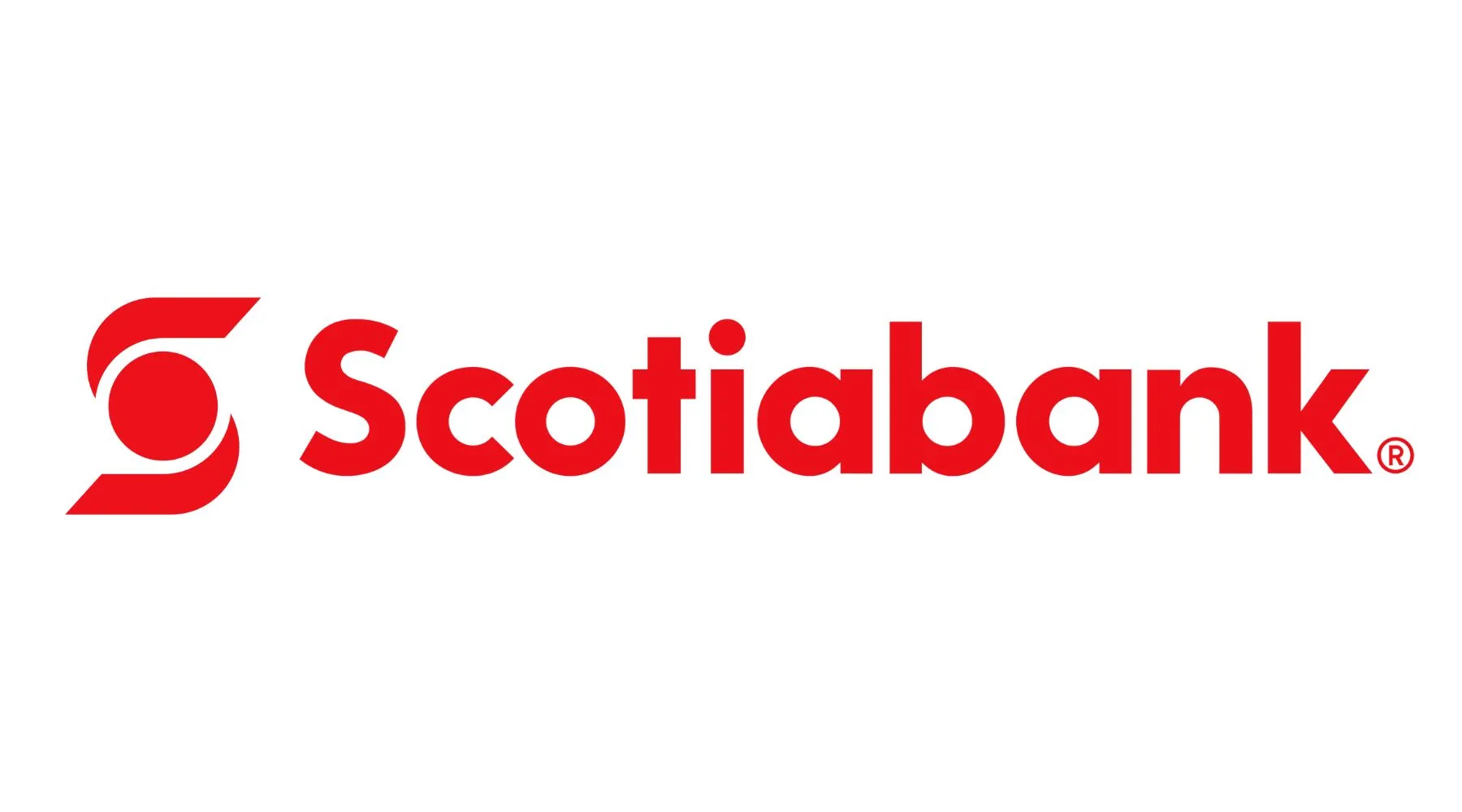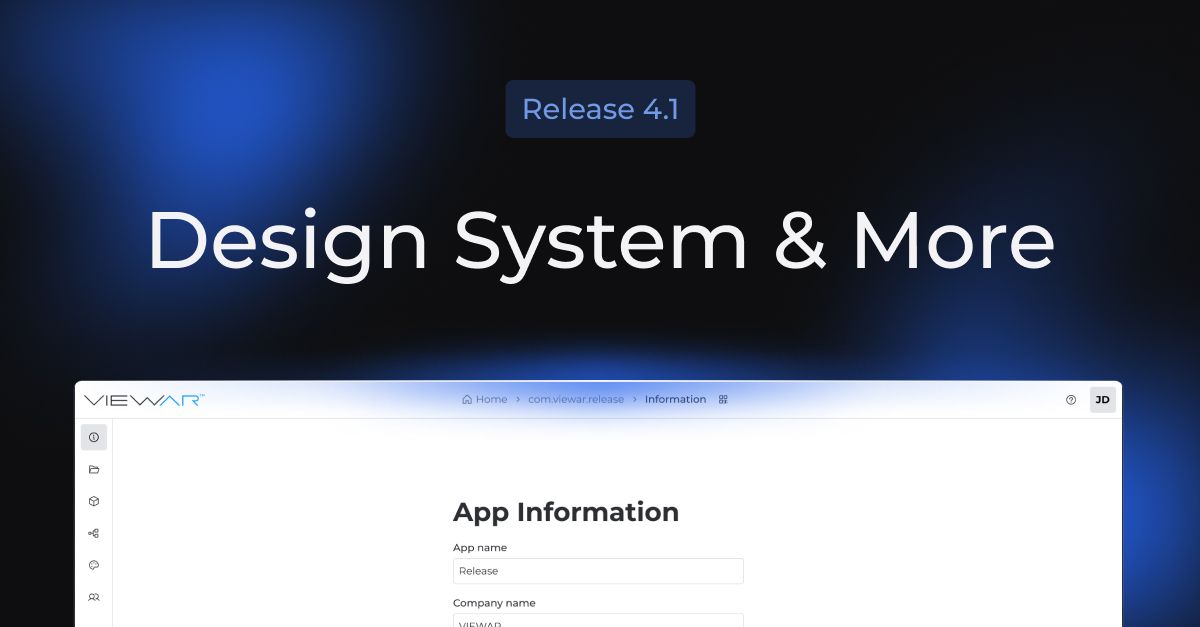The Paris Olympics are less than 10 days away and for the team at OBS and thousands of sports production professionals who are descending on Paris it’s time to make sure all systems are go for everything from an Opening Ceremony which will be the largest live TV event effort ever (with more than 1,000 cameras expected to be capturing it) to the 329 events which will be played in Paris and beyond.
The Opening ceremony of the Paris Olympics on July 26 promises to be a show stopper.
OBS says it expects to produce more than 11,000 hours of content around the games, with upwards of 4,000 hours of sports and ceremony coverage and 2,350 hours of additional content available to rights holders via the multi-clip feed (MCF). With 72 native UHD contribution multilateral feeds, 28 MCF feeds, 81 UHD distribution feeds (and 82 HD distribution feeds) produced via 47 production units and out of 70 production galleries the effort is immense and the largest Olympics effort ever.
For OBS there are some distinct goals for the Paris Games. First, to capture the distinct city feel of Paris, with the French capital’s most iconic locations and landmarks, providing a scenic backdrop for broadcast. Then to use technology for the benefit of storytelling with access to more data, providing more immersive coverage for all different platforms and all ways of consuming media. And lastly, to further push to achieve gender-balanced coverage as their will be an equal number of men and women participating for the first time ever.
The internal OBS team numbers 160 people and will be at the center of the production and technical operations for the Paris Olympics.
At the core of OBS’s efforts is an internal staff of approximately 160 and representing 28 nationalities and that group will oversee an army of 8,300 OBS games-time personnel from more than 110 countries. That team has relocated from its Madrid headquarters to Paris and has been hard at work setting up the 40,000-square-meter International Broadcast Centre, located in the Paris Le Bourget Exhibition Centre Halls 2B, 3, 4 and 5, and the 36 venue compounds. The IBC is not only the center of OBS production efforts and signal acquisition and distribution but also more than 30 media rights holders (MRH) and 100 broadcast organizations who take possession of spaces at the IBC in May. The IBC this year was operational as of June 26.
OBS also took steps to continue to reduce the footprint of the IBC and the venues. The Tokyo 2020 footprint, for example, was down 23 percent from the Rio 2016 footprint and this year’s IBC is 13 percent smaller than in Tokyo (space across 36 venue compounds is down 11 percent). OBS Cloud, for example, will lead to significant reductions for physical space and power requirements. As a result, Paris 2024 saves space and infrastructure, and certain venue optimizations will create additional opportunities for ticket sales.
And new workflows, as well as the introduction of more remote production options has also helped MRHs save resources and manpower without any type of reduction in the quality of the OBS coverage or services to the MRHs.
Efforts to reduce power demand have also worked as Olympic Committee-provided power will be down 44 percent from Tokyo and venue broadcast power will be down 29 percent.
OBS has been hard at work building out the IBC and other facilities around Paris, but it has also already gathered plenty of pre-Games content, including aerial footage and iconic landmarks of Paris. This footage was made available to the MRHs for them to use in their promotional programming.
A Historic Opening Ceremony
Four customized camera boats will help cover a very unique Opening Ceremony for the 2024 Paris Games.
All eyes next week will be on the Opening Ceremony which will be held outside of a stadium for the first time ever. The parade of athletes this year will take place on the Seine, with 200 Olympic teams being transported for more than 3.5 miles by more than 80 boats. It will be the largest broadcast production at an Olympic Games in terms of broadcast equipment and resources and new technology and camera systems have been developed (OBS participated in an operational test on the Seine River, organized by Paris 2024, last July. Four custom-made stabilized boats, fitted with specifically designed camera systems will be at the center of the efforts along with 100-plus camera systems, including drones, robotic cameras, cranes, and cable cameras (three times the number of cameras used at Tokyo 2020). Also look for more than 200 mobile phones to be deployed on athletes’ boats.
The OBS presence will extend beyond the IBC as it will operate TV studio facilities in Trocadero, as well as stand-up positions across the city. And, in collaboration with Paris 2024 and French authorities, OBS has developed a provisional production plan for the aerial coverage of the Games. Up to 12 beauty cameras, chosen to highlight the most iconic images of Paris, are planned to be installed.
Production Philosophy
The centre of OBS’ production efforts is based on the principle of delivering clear and objective coverage of all Olympic sports. Those international TV and radio signals, or world feeds are then delivered to the rights holders via the Multi-channel Distribution Service (MDS). It is at that point when rights holders complement that feed with their own images, interviews, data, analysis, and commentary.
The guiding principles that drive OBS coverage are to improve the quality of OBS production and the level of service to the broadcasters; use technology for the benefit of storytelling with more athlete-centric coverage and immersive solutions; make content more accessible and scalable (to support remote operations and digital production); and increase efficiencies in OBS workflows and tools, allowing OBS to do more with less and in smarter and more cost-efficient ways.
From a delivery and technology perspective, look for OBS to produce all coverage natively in UHD HDR and immersive 5.4.1 sound; cinematic lenses to be used for the first time across all sports; more than double the amount of multi-camera slow-motion replay systems compared to Tokyo 2020; and, building on the success in Tokyo/Beijing, Athlete Moment will be across more sports than ever in Paris, allowing more athletes to connect with their family and friends back home immediately after walking off the field of play.
In the area of graphics, look for more live data driving the storytelling as more than 10 disciplines will have with new ‘effects’ compared to Tokyo 2020 (things like positioning data, performance metrics etc.)
Virtual sets will give rights holders a chance to give a new look to their productions.
And new this year will be virtual studio backdrops, available from a number of venues and beauty camera positions as well as Augmented Reality (AR) content and interviews from the Athletes’ Village. That will allow for live studio interviews from the Village direct to an MRH’s studio and MRHs may opt for also different levels of complexity for integration with their home studio.
Also look for AI to unlock a new spectrum of opportunities to improve internal workflows, enhance the viewer experience, enhance storytelling and better explain sports events better. OBS has been developing solutions with partners like Alibaba (multi-camera replay systems; Omega (athlete and object tracking; and Intel (automated highlights generation. Examples of new AI-based applications include intelligent stroboscopic analysis in three sports/disciplines and enhanced data graphics for diving.
The Cloud
One of the highlights this year is the LiveCloud unilateral link from the venues, establishing a Video and Audio circuit from a venue directly to the MRH remote destination, over the cloud and even the public internet in a secure and reliable manner. That allows for more content than ever before to be provided to rights holders, including more athlete-centric coverage, behind-the-scenes material, interviews with coaches and athletes, and pre-and post-competition content.
Leaving a Legacy
An important part of the legacy of OBS for each Games is the Broadcast Training Programme (BTP) which provides undergraduate and graduate students from local universities an unparalleled broadcast working experience. Under the guidance of OBS broadcast experts, students are provided with numerous training opportunities, alongside hands-on skills and valuable work experience throughout the Olympic Games. This equips graduates with a diverse set of skills necessary to venture into the broadcast industry.
For Paris 2024, OBS has hired more than 1,100 BTP students who will work in a variety of paid positions, and OBS has more women in key broadcast operational roles than ever, including 32 female commentators, up 80% from the last Summer Games in Tokyo. There are also more women in the venue production teams, especially in roles that originate images, a move that OBS believes will lead to more equal portrayal of male and female athletes. In fact, two-thirds of the OBS Venue Management positions will be occupied by women (compared to a 50/50 split in Tokyo).


